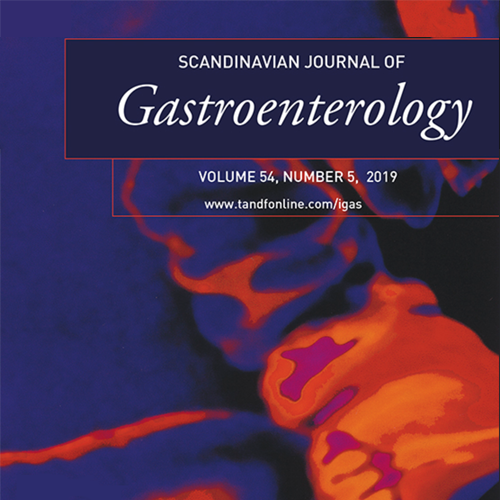Summary
Objective
Recently, new highly effective direct-acting antivirals (DAAs) against hepatitis C virus (HCV) were introduced. Whether these will alleviate the anticipated increase of liver disease burden in Sweden is unknown, partly because high costs may restrict the use. The objectives were to model the HCV epidemic in Sweden, the burden of disease, and the potential impact of different treatment strategies.
Material and Methods
HCV disease progression was modeled to 2030. Scenarios were simulated using new DAAs with sustained annual treatment rate (n = 1130), reduced treatment rate (n = 380) to maintain budget, and increased treatment rates (n = 1430 or 2260) to reduce HCV infections.
Results
With today’s triple therapies, the estimated number of serious liver complications and death are expected to peak in 2021. Using new DAAs among F0–F4 patients, an unchanged annual treatment rate can reduce the number of HCV infections by 10% by 2030; however, hepatocellular carcinoma (HCC) and mortality will remain unchanged. By reducing to 380 treatments annually and focusing on patients with advanced fibrosis (F3–F4), serious complications will remain constant but the total number of HCV infections will increase. By doubling the number of DAA treatments, HCC-incidence and liver-related deaths would decrease by 65–70% by 2030.
Conclusion
Mortality and HCC can be reduced with new DAAs and sustained treatment uptake when restricted to F2–F4 patients, or with increased uptake in F0–F4 patients. Treatment restrictions to limit cost may reduce the positive effects and increase the burden of HCV infection. These results may be important for the future strategies of HCV management.
Countries: Sweden

